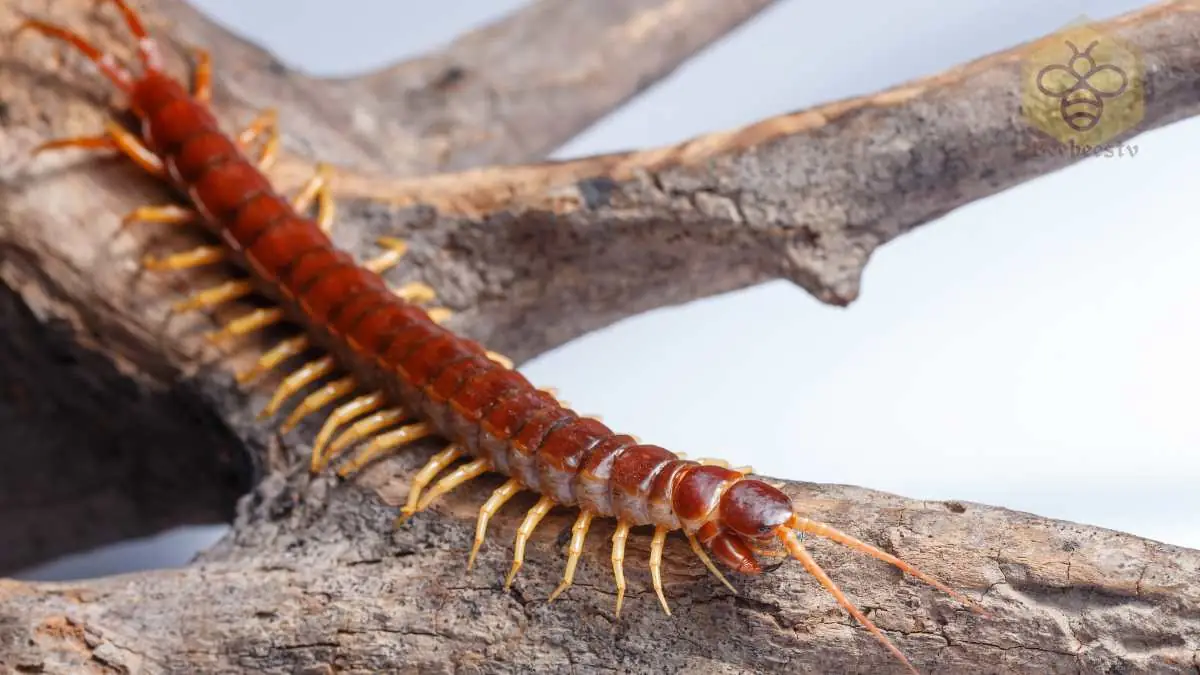Centipede: The Fascinating Multi-Legged Predator
Centipede
Introduction
Centipedes are fast-moving, carnivorous arthropods known for their numerous legs, venomous bite, and nocturnal hunting habits. These creepy crawlers belong to the class Chilopoda and have existed for over 400 million years, making them some of the world’s oldest terrestrial predators. Found in a variety of habitats across the globe, centipedes play a crucial role in controlling insect populations.
Scientific Overview
Scientific Name
Chilopoda (Class)
Common Name
Centipede
Scientific Classification
| Kingdom | Animalia |
| Phylum | Arthropoda |
| Class | Chilopoda |
| Order | Multiple (e.g., Scutigeromorpha, Scolopendromorpha) |
| Family | Varies by species |
| Genus | Multiple |
Types of Centipedes
Centipedes come in over 3,000 known species, with more yet to be discovered. Some of the most common types include:
- House Centipede (Scutigera coleoptrata) – Found in homes, helps control pests.
- Giant Centipede (Scolopendra gigantea) – One of the largest species, can grow up to 12 inches.
- Stone Centipede (Lithobiomorpha) – Small, fast, and commonly found under rocks.
- Amazonian Giant Centipede (Scolopendra viridicornis) – A venomous predator of small vertebrates.
Habitat and Distribution
Centipedes are highly adaptable and can be found in a wide range of environments, including:
- Forests – Leaf litter and soil provide excellent hiding spots.
- Deserts – Some species have adapted to dry conditions.
- Grasslands – Hiding under rocks and logs.
- Caves – Certain species thrive in complete darkness.
- Human homes – House centipedes often live in bathrooms and basements.
They are found on every continent except Antarctica, thriving in warm, humid, and dark environments.
Physical Characteristics
Size and Weight
- Length: 0.4 inches to 12 inches (1 cm to 30 cm)
- Weight: Varies by species, but generally light.
Appearance
- Elongated, flattened body divided into multiple segments.
- Each body segment has one pair of legs (ranging from 15 to 177 pairs).
- Sharp, venomous fangs (forcipules) used for hunting.
- Antennae to detect vibrations and prey movements.
- Fast-moving, flexible bodies that allow them to escape predators.
Diet and Feeding Habits
Centipedes are carnivorous predators that hunt at night. Their diet includes:
- Insects (cockroaches, ants, termites, crickets).
- Spiders and other arthropods.
- Small vertebrates (frogs, lizards, and even small rodents for larger species).
- Worms and snails, depending on their habitat.
Centipedes inject venom into prey using their venomous fangs, paralyzing them before consumption.
Predators and Threats
Despite being fearsome hunters, centipedes have their natural enemies, including:
- Birds – Owls, hawks, and songbirds hunt them.
- Mammals – Shrews, rodents, and some primates eat them.
- Amphibians – Frogs and toads are known to feed on centipedes.
- Larger centipedes – Some species engage in cannibalism.
Human activity, such as habitat destruction and pesticide use, can threaten centipede populations.
Reproduction, Babies, and Lifespan
- Centipedes reproduce sexually, though some species reproduce through parthenogenesis (females producing offspring without mating).
- Females lay eggs in soil or rotting wood, with some species guarding them until they hatch.
- Young centipedes resemble smaller versions of adults, gaining legs as they molt.
- Lifespan: 1–6 years, depending on species.
Population and Conservation Status
- Most centipedes are not endangered, as they have adapted well to various environments.
- Certain habitat-specific species may be at risk due to deforestation and pollution.
- Their role in ecosystems as insect controllers is crucial to maintaining balance.
Behavior and Lifestyle
- Nocturnal predators – Hunt at night and hide during the day.
- Fast and aggressive – Capable of chasing down prey.
- Solitary creatures – Rarely found in groups.
- Can regenerate lost legs after molting.
Ecological Role
Centipedes play a vital role in ecosystems by:
- Controlling insect populations helps to manage pests naturally.
- Providing food for larger predators contributes to food chain balance.
- Aiding soil health, as burrowing species help aerate the soil.
FAQs About Centipedes
1. Are centipedes dangerous to humans?
Most centipedes are harmless to humans, but larger species can bite and cause mild pain, swelling, or allergic reactions.
2. How many legs do centipedes have?
Centipedes can have anywhere from 30 to 354 legs, depending on the species.
3. What is the largest centipede in the world?
The Amazonian Giant Centipede (Scolopendra gigantea) is the largest, reaching up to 12 inches (30 cm) long.
4. Do centipedes make good pets?
Some people keep centipedes as exotic pets, but they require special care and can be aggressive.
5. How do centipedes kill their prey?
Centipedes use their venomous fangs (forcipules) to inject venom, paralyzing their prey before eating them.
Conclusion
Centipedes are fascinating, ancient predators that play an essential role in ecosystems by controlling insect populations. While their many legs and fast movements may seem unsettling, they are generally harmless to humans and provide natural pest control. With over 3,000 species worldwide, centipedes remain one of nature’s most efficient and adaptable hunters.
